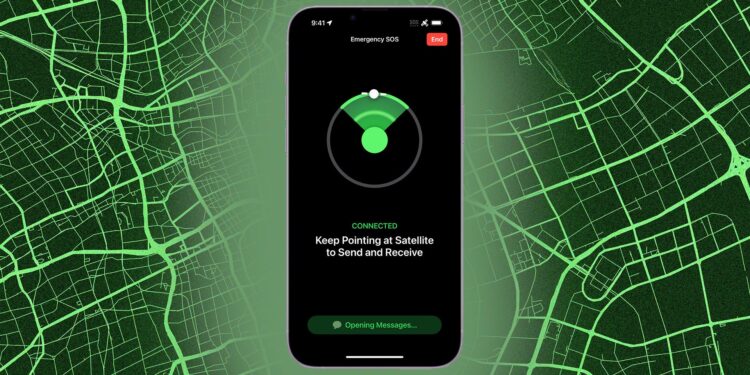In the quiet aftermath of Hurricane Helene, a story of survival and technological reliance unfolded in Weaverville, North Carolina. Jeff Twersky, a 69-year-old retired trial lawyer, and his entourage had gathered in this serene town to celebrate a birthday amidst the scenic backdrop of the Appalachians. However, their idyllic retreat was soon overshadowed by the storm’s fury, leaving them isolated, without power, and with diminishing supplies. Amidst this chaos, an unexpected hero emerged in the form of an iPhone 16—equipped with a satellite SOS feature—turning despair into hope with a simple text message.
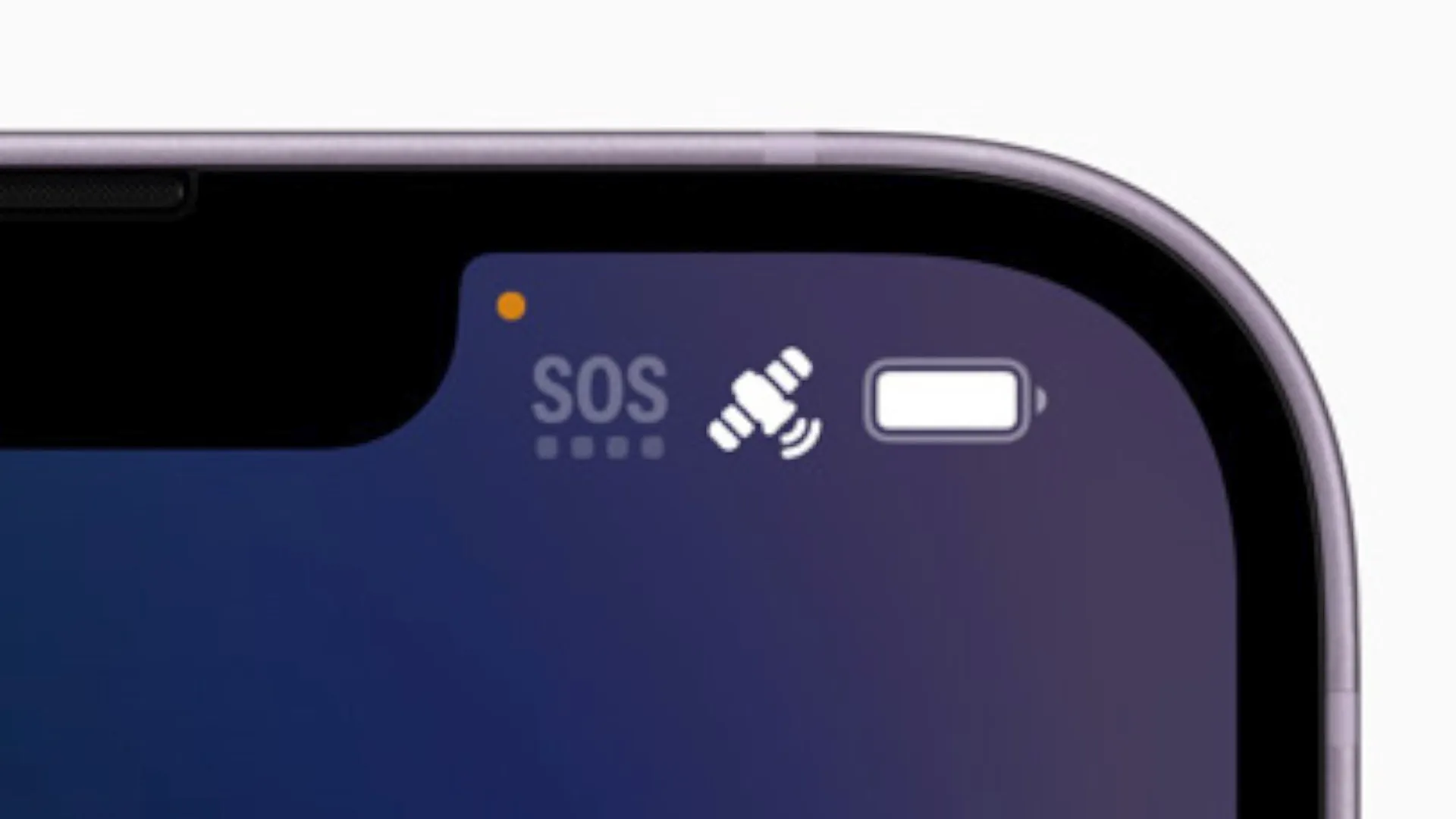
The Critical Night: A Connection Restored
It was on the night of September 28, in the thick of nature’s wrath, that Twersky’s phone, previously just another digital device, showcased its invaluable worth. “My phone switched to satellite,” Twersky shared with USA TODAY, revealing his surprise and immediate relief. This newfound connectivity allowed him to contact his daughter in San Francisco, providing a vital link to the outside world.
This satellite feature, a recent addition to modern smartphones like the iPhone 14 and Google’s Pixel 9, offers a critical communication lifeline when traditional cellular networks fail. In disaster-stricken zones where power outages cripple normal communications, such technology not only connects individuals but also becomes a tool for survival.
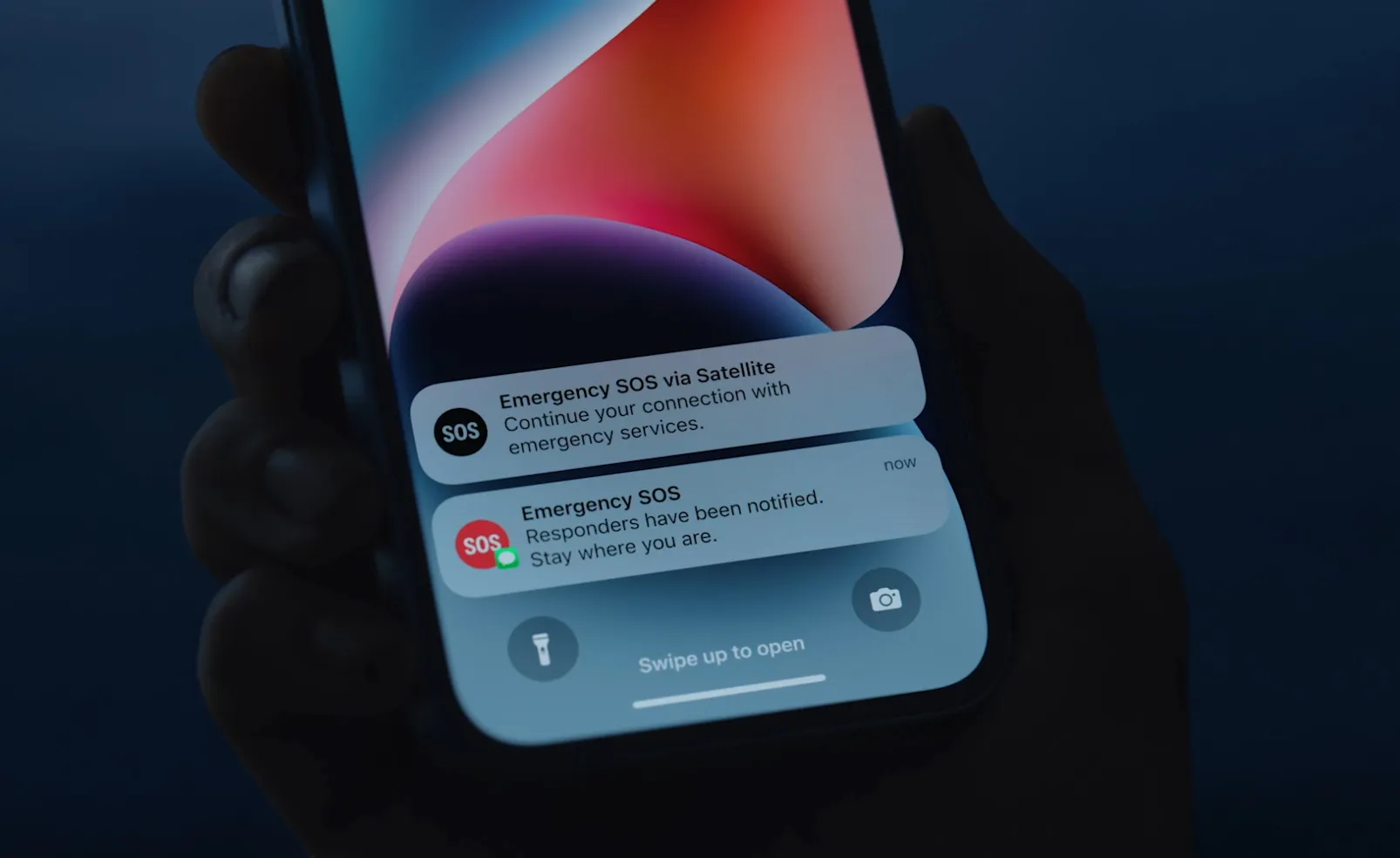
The Lifesaving Impact of Satellite SOS
As roads remained blocked and resources depleted, the ability to send out a simple text via satellite became more than just a technological novelty; it was, as Twersky put it, “a lifesaving thing.” The group, which had been cut off from essential information and supplies, coordinated with external help, highlighting the satellite feature’s role not just as a communication tool, but as a critical survival asset.
Broader Applications and Industry Response
The tech industry, led by companies like Apple, Google, and various telecom giants, has been proactive in integrating satellite connectivity into their devices. The collaboration between mobile manufacturers and satellite service providers such as SpaceX’s Starlink, Skylo, and AST SpaceMobile signifies a shift towards more resilient communication solutions. John Wojewoda, AT&T’s assistant vice president of Tower Strategy and Roaming, emphasizes the dual approach to disaster management: rapid restoration of terrestrial networks and integration of satellite capabilities to maintain uninterrupted communication.
In regions hit by Hurricane Helene, companies like T-Mobile activated their direct-to-cellular services in anticipation, ensuring that even when cell towers were down, emergency communication was possible. This foresight and technological adaptability are becoming more crucial as climate change increases the frequency and intensity of severe weather events.
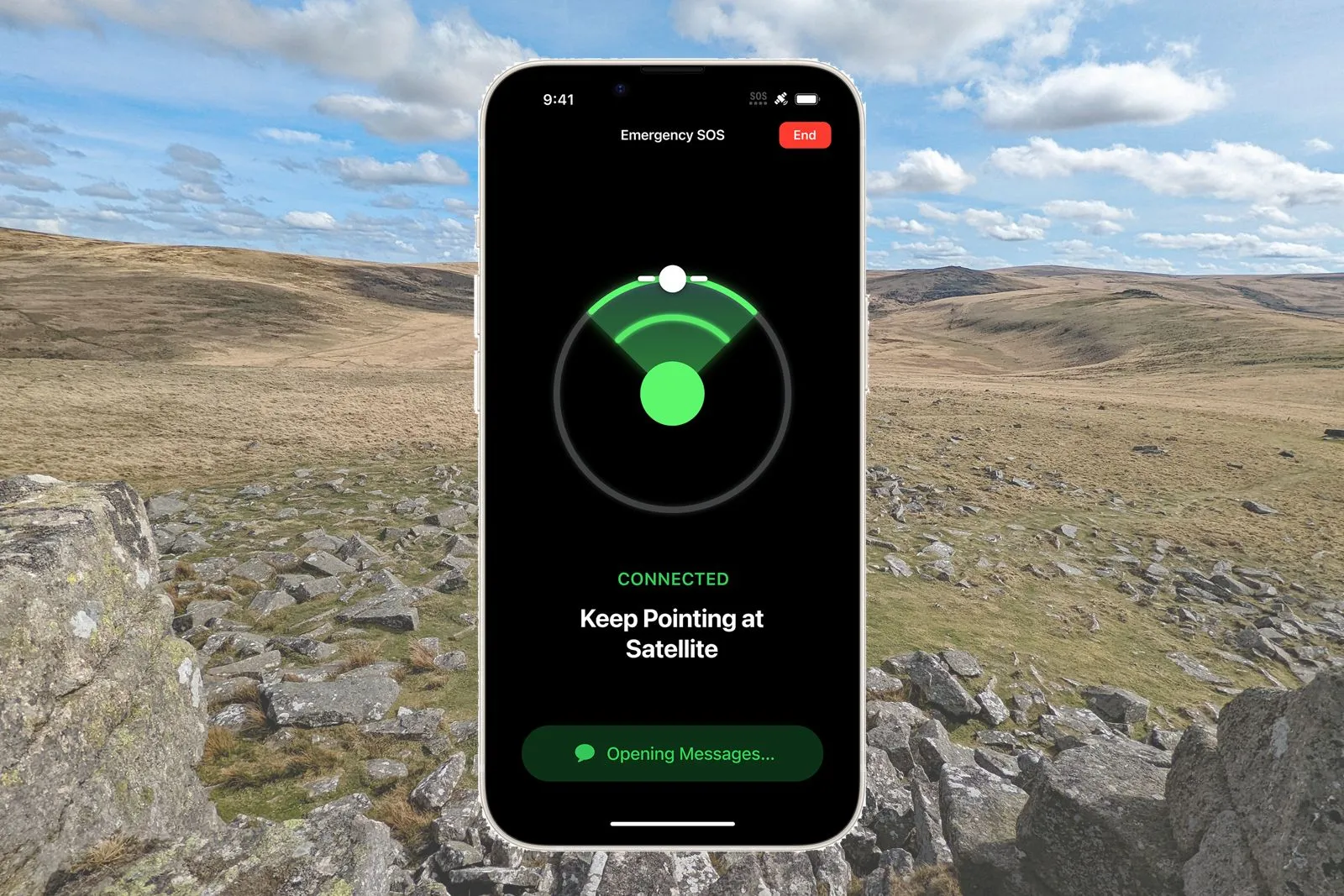
Future Outlook: Enhancing Resilience and Expanding Capabilities
The evolution of satellite communication technology points towards a future where connectivity is uninterrupted by natural or human-made disruptions. “The whole point is to use cellular technologies and integrate it into our network,” Wojewoda stated, outlining a vision where devices automatically switch to satellite during network outages. This seamless integration enhances user experience and fortifies public safety networks.
As the technology matures, the focus remains on expanding capabilities beyond texting to more comprehensive communication solutions, ensuring that when the next disaster strikes, the impact on communication is minimal. Investments in network resilience, such as AT&T’s initiative with Argonne National Laboratory, aim to prepare and adapt to the changing climate, ensuring that technology continues to serve as a backbone of modern society.
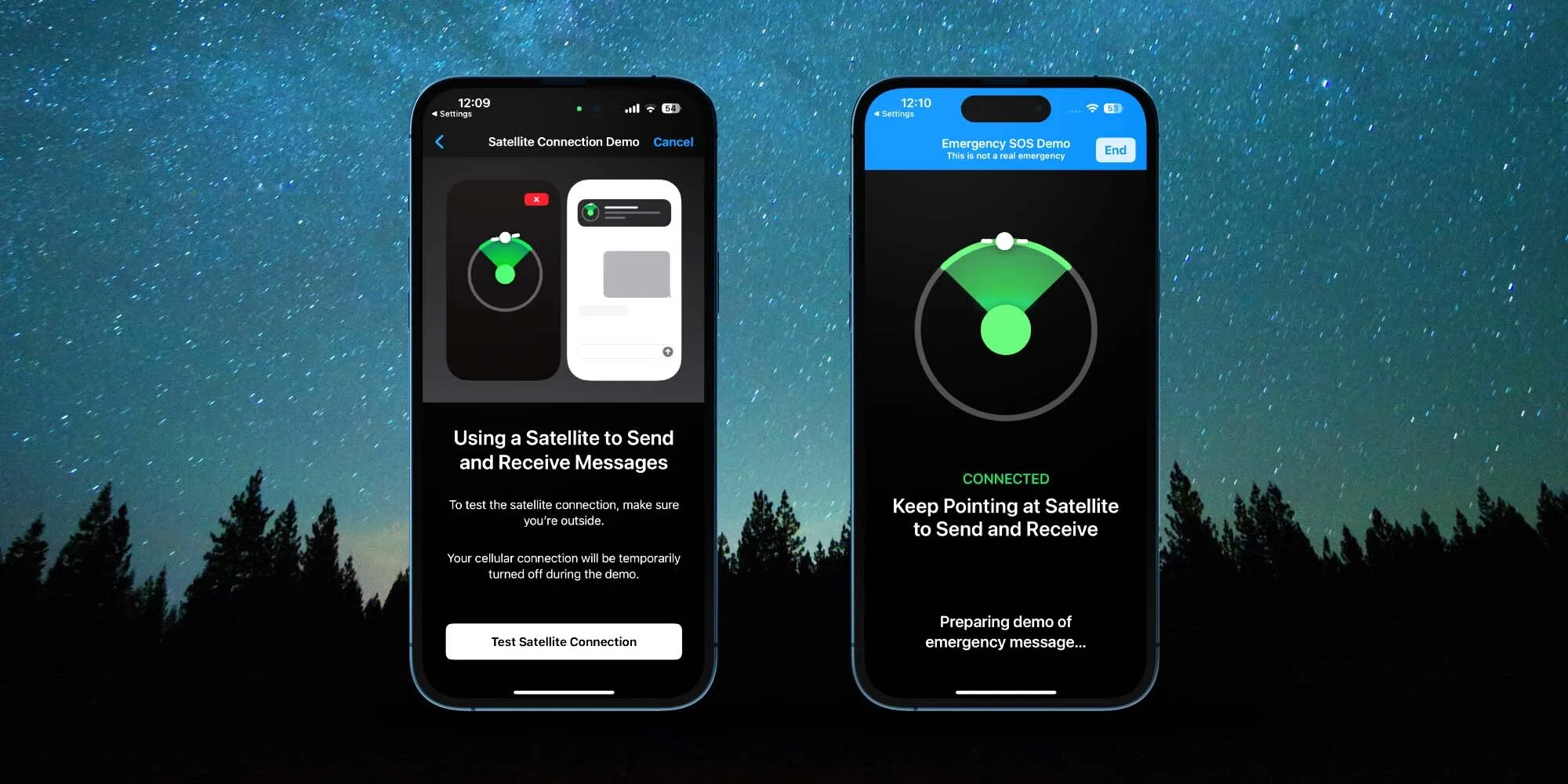
The ordeal faced by Jeff Twersky and his group during Hurricane Helene sheds light on the critical role that technology, particularly satellite communication, can play in disaster scenarios. It’s a poignant reminder of our increasing dependence on technology not just for convenience but for survival. The satellite SOS feature, once a novel addition, has proven its worth as an indispensable tool for crisis management—a true lifesaver amidst the storm.

